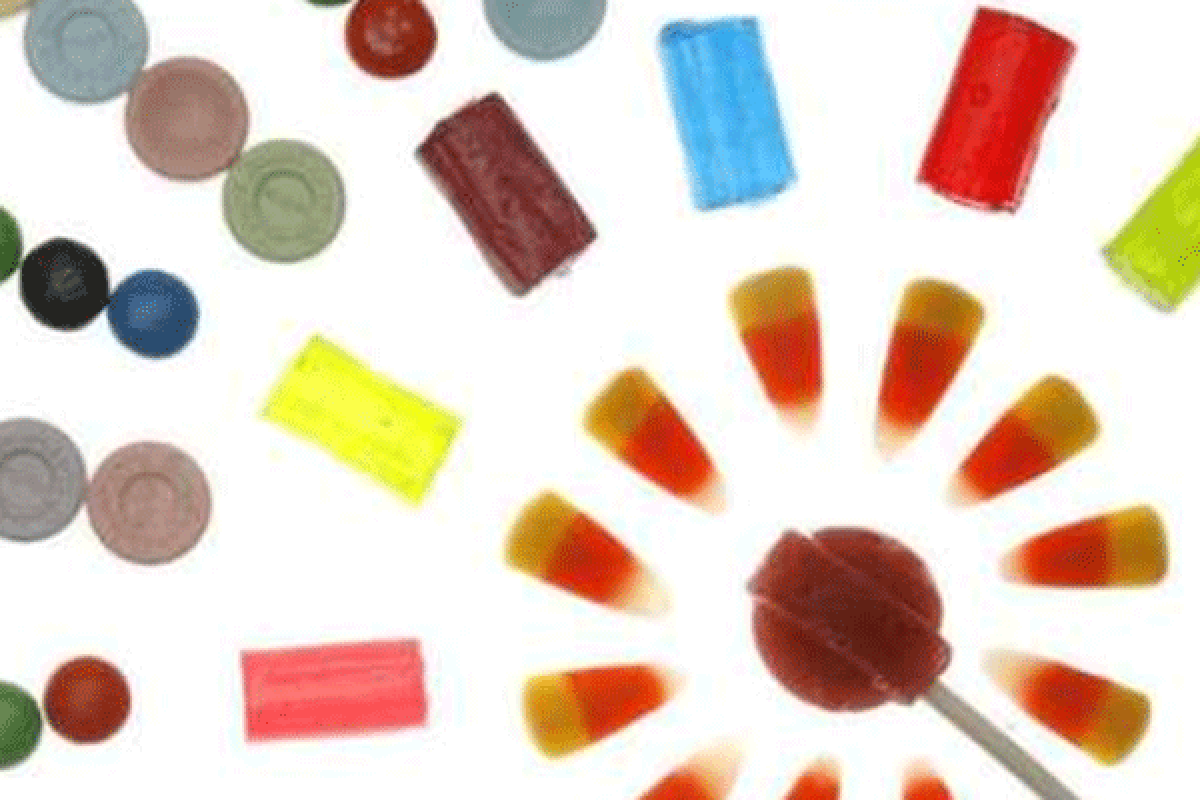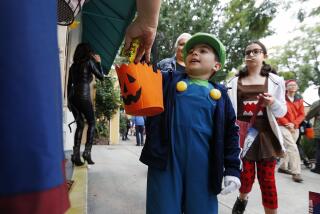Candy is No. 1 culprit in serious choking incidents among kids

Every day, 34 children are treated in U.S. emergency rooms for choking on food, and the food they’re most likely to be choking on is candy, according to a new study.
Hard candy accounted for 15.5% of the nonfatal choking incidents documented in a report published Monday in the journal Pediatrics, making it the food item most frequently cited. No. 2 was “other candy,” which caused an additional 12.8% of choking incidents requiring serious medical attention.
By the time kids were 4 years old, a whopping 55.2% of choking incidents involved some kind of candy.
The findings are based on nearly a decade’s worth of data from the National Electronic Injury Surveillance System – All Injury Program, which is run by the U.S. Consumer Product Safety Commission. Researchers from the Center for Injury Research and Policy at Nationwide Children’s Hospital in Columbus, Ohio, the Centers for Disease Control and Prevention and other institutions examined cases reported from 2001 to 2009.
During those years, an estimated 111,914 kids ages 14 and younger were seen in emergency rooms because of a nonfatal choking incident involving food. That works out to 12,435 kids per year, on average, or 34 per day. The overwhelming majority of these kids – 87% – were treated and released, though 10% were admitted to the hospital and 3% should have been hospitalized but left against medical advice, according to the study.
The average age of choking victims was 4.5 years old, though 38% of these kids had not yet reached their first birthday and 62% were under the age of 4. In general, the younger a child, the greater his or her choking risk – until the age of 7, at which point the risk seemed to level off. Among cases that reported where choking incidents happened, 90% occurred at home, the study found.
What were all these kids choking on?
15.5% on hard candy
12.8% on other candy
12.2% on meat other than hot dogs
12% on bone
9.7% on fruits and vegetables
6.7% on formula, milk or breast milk
6.5% on seeds, nuts or shells
4.6% on chips, pretzels or popcorn
3.1% on biscuits, cookies or crackers
Only 2.6% of the nonfatal choking incidents involved hot dogs. However, the researchers noted that hot dogs frequently appear on lists of foods most likely to be involved in choking cases that result in death.
There are many laws designed to protect children from choking on non-food items such as small balls, marbles, balloons and pieces or toys or games that may wind up in a kid’s mouth. The Federal Hazardous Substances Act requires warning labels to be placed on such items, and the Consumer Product Safety Commission issues recalls when warranted.
But there are “no similar monitoring systems, legislation or regulations … to address food-related choking among children,” the study authors noted. The American Academy of Pediatrics, which publishes the journal Pediatrics, supports a system to require warning labels on high-risk foods, among other choking-prevention measures. So far that hasn’t happened.
For more information on choking prevention, check out this tip sheet from the AAP’s Healthy Children website. The academy’s official policy on choking prevention is online here.
Return to Science Now.







